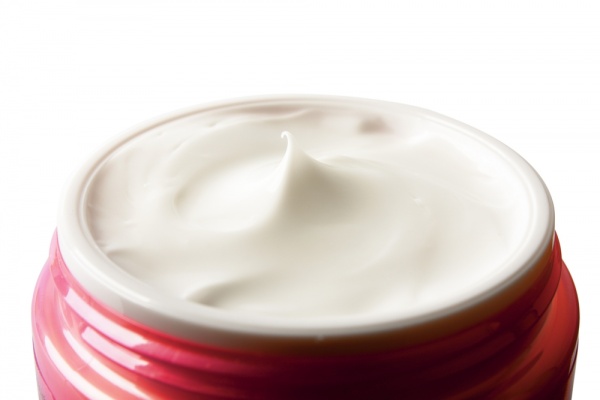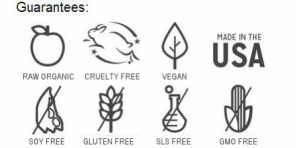|
In the cosmetics industry, a moisturizer is a topical cream, lotion, serum, or an oil designed to maintain optimal levels of oils and water in the skin.
Among the thousands of various moisturizing products on the market some are tailored for morning or evening use; some are for a particular skin type, such as dry skin, combination skin, or oily skin; others are for skin prone to redness or rosacea, etc. If formulated properly, each moisturizer is a balance of three types of ingredients: humectants, emollients, and occlusive agents. The concentration of these three elements determines the moisturizer's characteristics and use. Let's break this down to understand how a moisturizer works, using ONLY natural, organic ingredients. HUMECTANTS A humectant is an ingredient that helps retain moisture. A moisturizer with a humectant ingredient will draw water from the dermis below, helping to re-hydrate the skin’s surface, but can cause some irritation to the skin in high concentrations. The classic humectant is glycerin. (You might see it listed as glycerol, which is its alcohol form, on a product's ingredients list.) We do not use glycerin for a couple reasons. It can draw too much moisture, causing irritation and can produce a sticky or tacky feel. We opt for better humectants, such as shea butter, avocado oil, olive oil, castor oil, borage oil, lecithin, aloe vera or honey. EMOLLIENTS An emollient is an ingredient that fills in cracks between skin cells, helping to soften and smooth the skin’s surface and making it more flexible. They work by increasing the ability of the skin to hold water, providing the skin with a layer of oil to prevent water loss, and lubricating the skin to prevent dryness.They also contribute to the creamy texture of a moisturizer. There are many emollients used in natural cosmetics, most of which are oils like jojoba oil, sunflower oil and rice bran oil. OCCLUSIVE AGENTS Occlusive agents are the ingredients in skincare that form a film or barrier on the skin and prevent water loss through the skin. They can be very effective, but if too much is included in a product it can feel waxy or greasy on the skin. The classic cosmetic occlusive agent is petrolatum, or petroleum jelly, which, of course, is never used in natural, organic products. Natural occlusive agents include zinc oxide, waxes, and some oils, like castor and jojoba oil. In the case of jojoba oil, it is most like our natural sebum and is a humectant, emollient and occlusive ingredient. All of our moisturizers, be they creams, serums, body oils or body butters, are carefully formulated to give you the perfect balance of humectants, emollients and occlusive agents. Check them out HERE. Here's hoping our explanation gives you some food for thought. Questions?
0 Comments
Leave a Reply. |
Contact UsAuthorWelcome! I'm Stephanie (Jo to close friends), founder of EdenSong. Aside from my university studies, I have a natural passion for all things organic. I enjoy living and learning about natural ways, all things health related, cooking, gardening with herbs and flowers, photography, DIYing, yoga, bicycling, ballet, traveling and being with family and friends. A quirk of mine is my near obsession of Asian culture, particularly Korean history and its language. Would you like to know more? Find out about us. Categories
All
Archives
December 2014
© EdenSong Essentials
All Rights Reserved |
|
Sign up for monthly free tips and recipes.
|
Shop About Us Contact Us Ingredients Endorsements Terms & Policies Get in Touch Customer service or wholesale inquiries, please leave us a message: 615.292.1000 Or better yet, email us: [email protected] |
Connect Socially
© EdenSong Essentials
All Rights Reserved |





